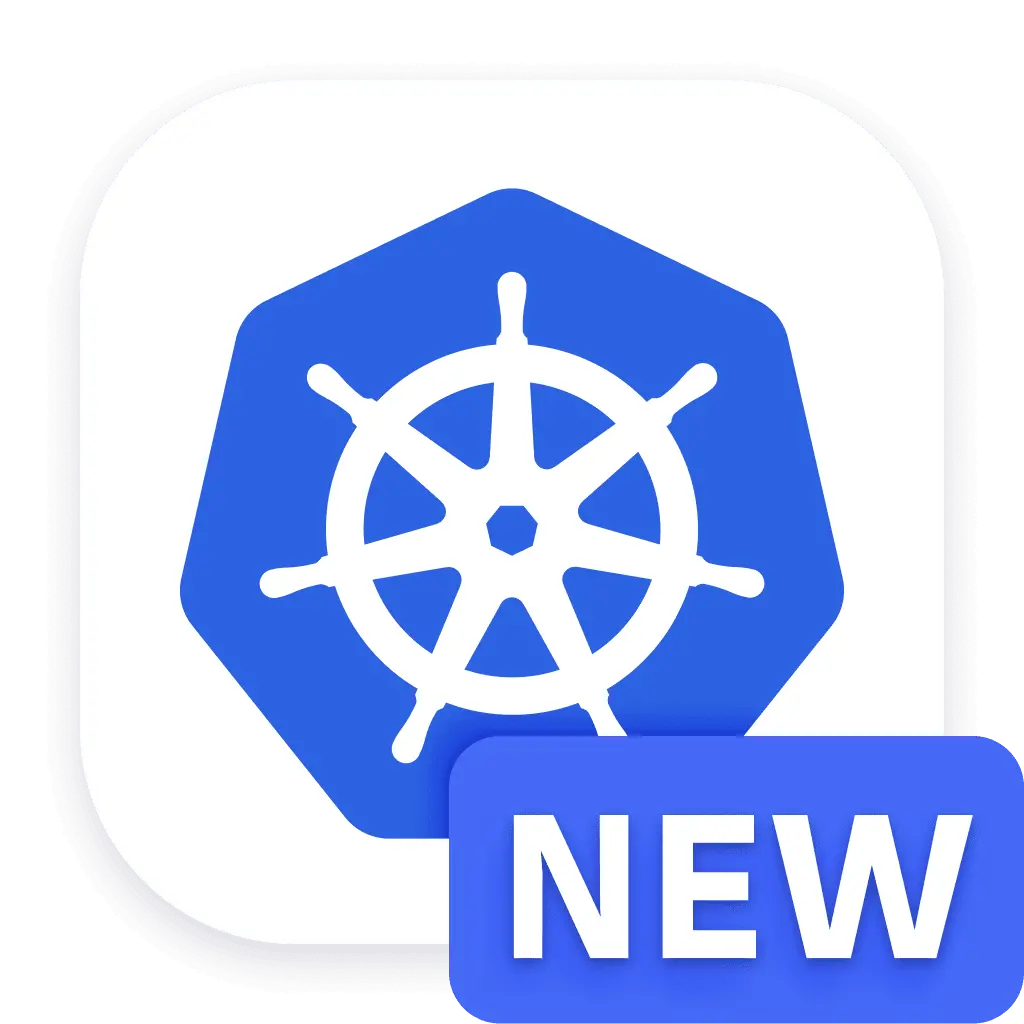Events powered by Grail overview (DPS)
- Latest Dynatrace
- Overview
- 5-min read
This page describes the different Events-related capabilities and the features that they provide with a DPS subscription.
For information about how usage of a specific capability translates to consumption of your DPS license commit, see
Dynatrace provides monitoring and reporting of
-
Built-in event types via OneAgent or cloud integrations.
-
Custom events and/or event-ingestion channels. These include
- Any custom event sent to Dynatrace via the Events API v2 or the OneAgent API.
- Any custom event (such as a Kubernetes event) created from log messages by a log processing rule.
- Any custom event created in a processing step in OpenPipeline.
The consumption of all events is billable, except for certain included events, as described in the "Included events" table below.
List of billable event types
The following events are billable:
-
Business events
-
SDLC events
-
Custom events, including
- Security events
- Davis AI events
- Kubernetes warning events
- Generic custom events
- Customer-defined custom events
The table below describes events that are included with a separate rate-card capability package.
Davis AI problems and events
Full-Stack Monitoring
Included
First 15 months are included
Included
Kubernetes warning events
Kubernetes Platform Monitoring
60 warning events per pod-hour are included
First 15 months are included
Queries generated from within  Kubernetes are included
Kubernetes are included
Built-in security events
Runtime Vulnerability Analytics (RVA)
Included
First 3 years are included
Queries generated from within  Vulnerabilities are included
Vulnerabilities are included
Retention beyond the included timeframe is billable as Events powered by Grail - Retain.
Events - Ingest & Process feature overview
Here's what's included with the Ingest & Process data-usage dimension:
Concept
Explanation
Data delivery
Delivery of events via OneAgent, RUM JavaScript, or Generic Event Ingestion API (via ActiveGate)
Topology enrichment
Enrichment of events with data source and topology metadata
Data transformation
- Add, edit, or drop any business event attribute
- Perform mathematical transformations on numerical values (for example, creating new attributes based on calculations of existing fields)
- Extract business, infrastructure, application, or other data from raw business events. This can be a single character, string, number, array of values, or other. Extracted data can be turned into a new field, allowing additional querying, filtering, etc.
- Mask sensitive data by replacing specific business attributes with a masked string
Data-retention control
Manage data retention periods of incoming events based on bucket assignment rules
Conversion to timeseries
Create metrics from event attributes (note that creating custom metrics generates additional consumption beyond the consumption for ingestion and processing.)
Events - Retain feature overview
Here's what's included with the Retain data-usage dimension:
Concept
Explanation
Data availability
Retained data is accessible for analysis and querying until the end of the retention period. Events retention is defined at the bucket level, ensuring tailored retention periods for specific events.
Retention periods
Choose a retention period
- 10 days (10 days)
- 2 weeks (15 days)
- 1 month (35 days) (this is the default period)
- 3 months (95 days)
- 1 year (372 days)
- 15 months (462 days)
- 3 years (1,102 days)
- 5 years (1,832 days)
- 7 years (2,562 days)
- 10 years (3,657 days)
Events - Query feature overview
Query data usage occurs when:
- Submitting custom DQL queries in the Logs & Events viewer in advanced mode.
- Business Observability Apps (Business Flow, Salesforce Insights, and Carbon Impact)
- Executing DQL queries in Notebooks, Dashboards, Workflows, Custom apps, and via API.
Here's what's included with the Query data-usage dimension:
Concept
Explanation
On-read parsing
- Use DQL to query historical events in storage and extract business, infrastructure, or other data across any timeframe, and use extracted data for follow-up analysis.
- No upfront indexes or schema required for on-read parsing
Aggregation
Perform aggregation, summarization, or statistical analysis of data in events across specific timeframes or time patterns (for example, data occurrences in 30-second or 10-minute intervals), mathematical, or logical functions.
Reporting
Create reports or summaries with customized fields (columns) by adding, modifying, or dropping existing event attributes.
Context
Use DQL to analyze event data in context with relevant data on the Dynatrace platform, for example, user sessions or distributed traces.